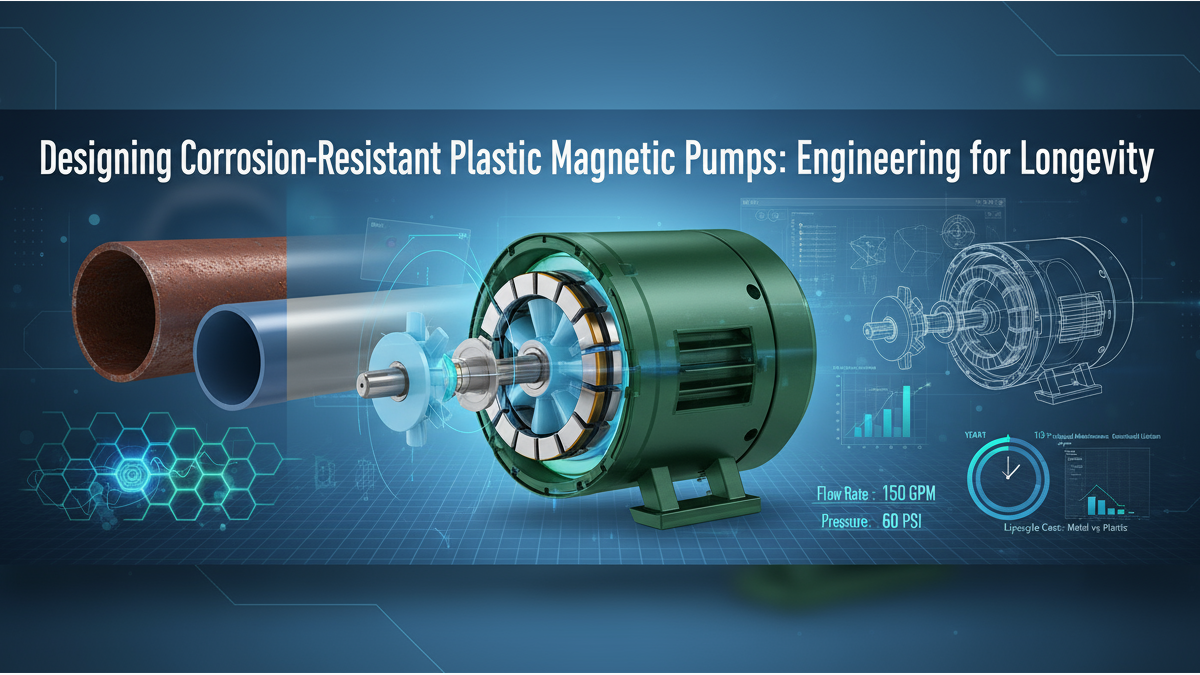3D printed end-use parts are going onto vehicles with increasing frequency. Recent real-world examples showcase additive manufacturing benefits in design, weight savings and more.
3D printing has long been touted as a solution for prototypes, one-offs and small volumes, but can it find its way into large-scale production? Specifically, production in a high-volume industry like automotive?
The automotive industry has embraced 3D printing due to the inherent weight and cost reductions. It also allows for rapid prototyping of new or bespoke parts for test or small-scale manufacture. So, for example, if a particular part is no longer available, it can be produced as part of a small, bespoke run, including the manufacture of spare parts. Alternatively, items or fixtures can be printed overnight and are ready for testing ahead of a larger manufacturing run.
While it will likely still be some time before mass-market vehicles like the Honda Civic or Chevy Malibu sport 3D printed components, there are already compelling use cases for additive manufacturing (AM) in the automotive sector. Automakers are turning to the technology for its design freedoms, light weighting capabilities, material options and more. The quantities of these parts being 3D printed remain relatively small for now, but these low-volume and bespoke components point the way toward greater use of the technology in the future.
What Is 3D Printing?
3D printing, also known as an additive manufacturing, is a method of creating a three-dimensional object layer-by-layer using a computer created design. Layers of material are built up to create a 3D part. This is the opposite of subtractive manufacturing processes, where a final design is cut from a larger block of material. As a result, 3D printing creates less material wastage.
There are three broad types of 3D printing technology; sintering, melting, and stereolithography.
Sintering is a technology where the material is heated, but not to the point of melting, to create high resolution items. Metal powder is used for direct metal laser sintering while thermoplastic powders are used for selective laser sintering.>/p>
Melting methods of 3D printing include powder bed fusion, electron beam melting and direct energy deposition. These use lasers, electric arcs or electron beams to print objects by melting the materials together at high temperatures.
Stereolithography utilizes photopolymerization to create parts. This technology uses the correct light source to interact with the material in a selective manner to cure and solidify a cross section of the object in thin layers.
How Long Does 3D Printing Take?
The printing time depends on a number of factors, including the size of the part and the settings used for printing. The quality of the finished part is also important when determining printing time as higher quality items take longer to produce. 3D printing can take anywhere from a few minutes to several hours or days. Speed, resolution and the volume of material are all important factors.
How Is 3D Printing Changing the Automotive Industry?
- Reshaping the Prototyping Process
Prototyping has historically been the most common use case for 3D printing in the automotive industry. Thanks to the vastly increased speed at which prototyping can be carried out using 3D printing, rapid prototyping has become virtually synonymous with 3D printing, and the technology has revolutionized the product development process.
- Creating Custom, Complex, and High-Performance Parts
3D printing is ideal for producing custom parts at greatly reduced expense, empowering manufacturers with vast new capabilities in what they are able to produce and offer to their customers.
- Producing Tooling and Manufacturing Aids
Engineers use manufacturing aids to make manufacturing and assembly processes simpler and more reliable, reducing cycle times and improving worker safety. Automotive factories and part suppliers use thousands of custom jigs and fixtures, each tailored and highly optimized for end-use. The result is a proliferation of custom tools, adding significant cost and complexity to the manufacturing process.
Outsourcing the production of these custom parts to machining service providers who produce the parts from a solid billet of plastic or metal can delay production by weeks, while the long lead times also make it hard to adapt to changes on the factory floor.
Additive manufacturing can cut the lead time to a few hours and also dramatically reduce costs when compared to outsourcing parts to an external vendor. As complexity doesn’t incur additional costs, the parts can also be better optimized for their end-use.
- Solving the Spare Parts Problem
Spare parts have historically represented a challenge for the automotive industry. Demand by nature is sporadic and unpredictable, making the value of producing spare components a debatable financial decision in some instances. However, the value of products is more precarious and repairs more difficult in the absence of readily available spare parts. Producing spares in anticipation of later demand also requires great expenditure on storage and 3D printing is well-positioned to make a significant positive impact on the automotive industry’s spare parts problem.
- Easing General Parts Manufacturing
As 3D printing processes become more affordable with respect to the cost of hardware and materials involved, we will see a progressive transition towards producing regular automotive parts. 3D printers can improve efficiency at the general parts manufacture stage. The breadth of materials offered through 3D printing is starting to meet the mechanical requirements of different components of a vehicle. As additive methods reach cost parity with traditional methods, it will make more sense from a productive and financial point of view to incorporate 3D printing further into general parts manufacturing.
Key Insights
While a full-body 3D printed car that is ready for market circulation is still some time away, there are some exciting projects and concept cars that signal the direction in which the industry is heading. As the understanding of the value of 3D printing continues to spread through the industry, and as the technology and available material base grow ever more versatile, this growing trend will continue.










.png)



